Coyolito, Honduras
![]()
![]()
![]()
![]()
![]()
![]()
![]() Click on Programs to learn more about their work in this community
Click on Programs to learn more about their work in this community
General Information
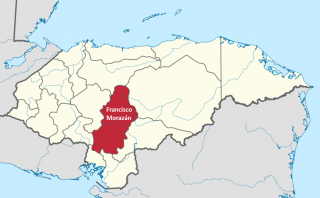
| Population* | 1179 |
| Number of homes | 169 |
| Avg # of people per home | 6.3 |
| Number and % of children |
(0-5): 121/10.2% (0-9): 266/22.5% |
| Electricity | Yes |
| GPS |
N 14° 11.667’ W 086° 59.578’ |
| Municipality | Villa de San Francisco |
| Department | Francisco Morazán |
| Corresponding Health Center | CESAR-Coyolito |
| Distance from compounds | 40 minutes |
| Road conditions | Good |
* Population does not reflect how many patients will be seen on medical
brigades as many people from surrounding communities come seeking
Medical Brigades medical attention.
Top Needs Expressed
The top needs expressed by the key community members are a new latrine project and a consistent supply of medications available at the health center.
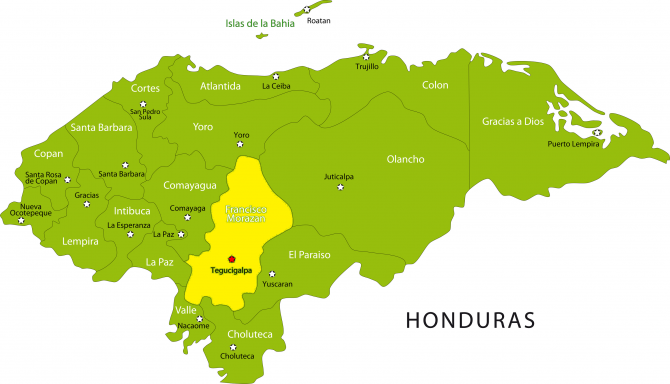
Coyolito is located in the Villas de San Francisco municipality in the Francisco Morazan department.
Coyolito’s educational system includes Kinder and Primary schools (until 6th grade). The school director is Ilcia Enriquera Avila. It is estimated that about 75% of the community knows how to read and write.
Coyolito has a water system built by the government in the 1999. The water system is still in relatively good condition. The water arrives to homes every day. The water is regularly chlorinated about once a week. 1 About 100% of the community is connected to the water system. There is a Water Council with 5 active members, led by Roque Alfredo Ponce.
Coyolito has health center in the community that offers general medicine and is regularly staffed by the nurse Maria Velasquez. There was a Community Health Committee that performed home visits, but now only functions during certain health campaigns, led by Carlos Omar Maradiaga. The most common illnesses seen in the community are respiratory infections, skin infections, hypertension, and gastritis.
According to GB interviews, it is estimated about 70% of the community have latrines. 30% has eco-stoves (estufa justa) and about 60% is estimated to have concrete floors.
Below are the most common morbidities in 2009 from CESAR-Coyolito2:
I. Annual Morbidities, 2009: CESAR-Coyolito
|
Rank |
Morbidity |
Number of Cases/ % of all cases (2009) |
|
1 |
Intestinal Parasites |
180 / 19.4% |
|
2 |
Common Cold |
138 / 14.9% |
|
3 |
Pharyngotonsillitis |
126 / 13.6% |
|
4 |
Acid Peptic Disorder |
102 / 11.0% |
|
5 |
Hypertension |
74 / 8.0% |
|
6 |
Urinary Infection |
42 / 4.5% |
|
7 |
Arthritis |
40 / 4.3% |
|
8 |
Chicken Pox |
30 / 3.2% |
|
9 |
Epilepsy |
29 / 3.1% |
|
10 |
Anemia |
25 / 2.7% |
Centro de Salud Statistics, CESAR-Coyoito, 20 Abril 2010
II. Caserios (small villages) served by CESAR-Coyolito, 2009
|
Caserios |
Population |
Number of Homes |
Potable Water (%) |
Latrines (%) |
Malnourished Children (<5yrs) |
Births / % Coverage of Pregnancies
|
Order of Priority (based on HC standards) |
|
COYOLITO* |
1179 |
167 |
100 |
98 |
NA |
23 / 88% |
3 |
|
La Mesa Coy.* |
361 |
57 |
100 |
100 |
NA |
9 / 100+% |
2 |
|
El Hato |
230 |
38 |
100 |
100 |
NA |
4 / 100% |
1 |
|
Chiquistepe |
337 |
53 |
95 |
95 |
NA |
5 / 100+% |
1 |
Centro de Salud Statistics, Centro de Salud Regional-Francisco Morazan, 20 April 2010
*Global Brigades also works in these communities with medical brigades.
(NA)= Not available data
The average family income per month is estimated to be L3000 Lempiras, which is approximately L600 (US $31.76) per person3 or less. The majority of homes are made of adobe. The main form of employment in Coyolito is agriculture on owned land. The main products that are cultivated are corn and beans, and a few other vegetables. Coyolito has access to credit through a community bank, led by Rafael Antonio Ponce.
Coyolito is not currently receiving brigades through any other organization than Global Brigades. Rotary Club did complete an eco-stove project here in 2008. Zamorano, the large agricultural school, has provided equipment for the health center in the past.
Coyolito’s population is said to be growing rapidly which could lead to issues with water security in the future.
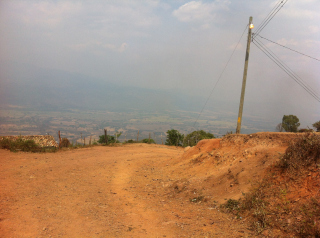 |
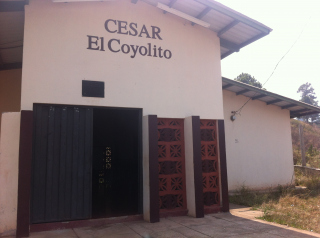 |
 |
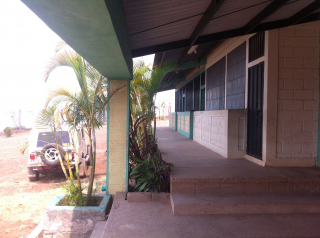 |
 |
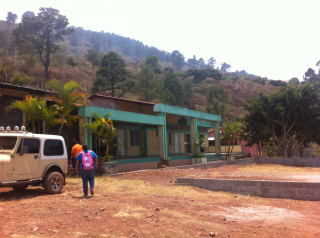 |
Source of information: Key informant interview, Centro de Salud statistics
Date of interview: 20 April 2010
1The accepted regulation frequency for chlorinating water is every 4 days.
2CESAMO and CESAR are terms used for types of health centers. CESAMOs are larger, more comprehensive facilities that usually have a physician on staff at all times and occasionally a dentist. CESARs are more remote, less equipped facilities, usually with
1-2 nurses on staff.
3According to Red Solidaria and World Food Programme in Honduras, the average family is approximated at 5 people per household, the poverty line is L930 (US$49.23) per person per month, and the extreme poverty line is L617 (US$32.66) per person per month.